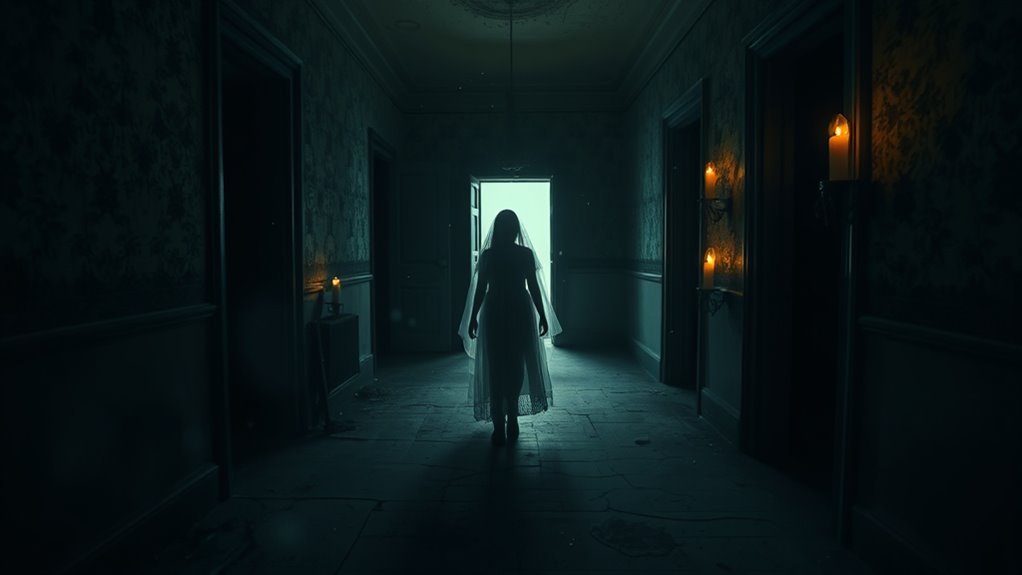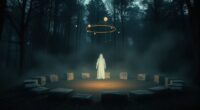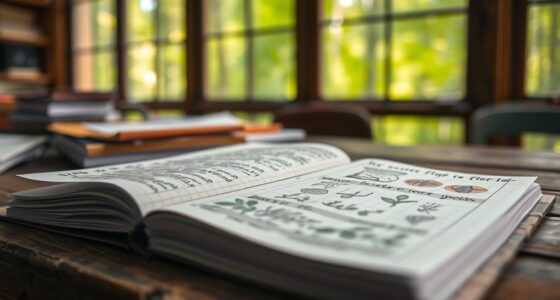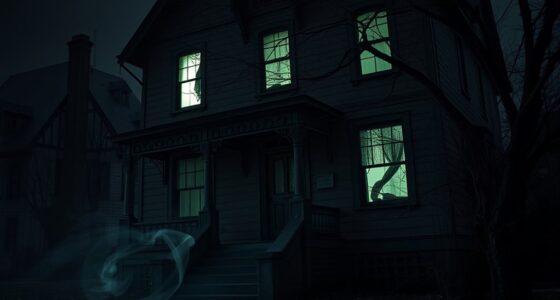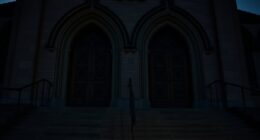Recent poll results show that a surprisingly high percentage of people believe they’ve experienced a ghostly encounter, with locations like abandoned buildings and cemeteries being common sites. Many describe seeing shadowy figures or feeling sudden cold drafts, while perceptions vary based on personal beliefs and cultural backgrounds. Younger individuals tend to report more sightings, influenced by media and folklore. If you’re curious about what these insights reveal about human perception and the future of paranormal studies, keep exploring further.
Key Takeaways
- 30-40% of people report supernatural experiences, influenced by psychological and cultural factors.
- Encounters often occur in haunted locations like abandoned buildings and cemeteries.
- Younger individuals tend to report more ghost sightings, often shaped by media and folklore.
- Many sightings challenge traditional expectations, occurring even in areas without known supernatural stories.
- Scientific research emphasizes exploring psychological, environmental, and cultural influences on ghost perceptions.
The Percentage of People Who Believe They’ve Encountered a Spirit
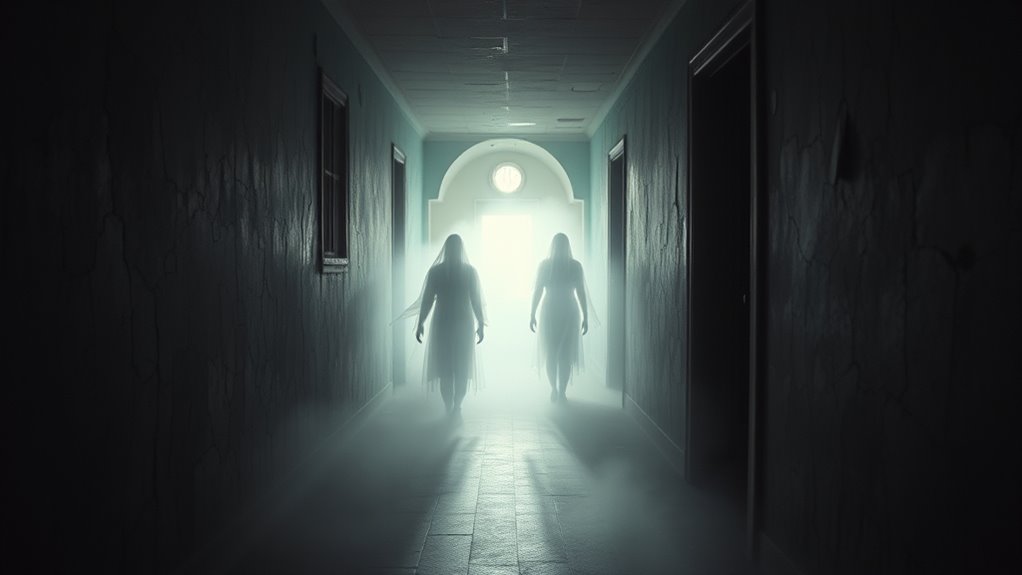
Have you ever wondered how many people genuinely believe they’ve encountered a spirit? Studies show that a significant percentage of the population holds such beliefs, often influenced by psychological explanations like hallucinations, sleep paralysis, or overactive imaginations. Cultural influences also play a vital role, shaping how individuals interpret unexplained experiences. In some societies, spirits are seen as ancestors or protective guides, making sightings more acceptable and even expected. Others may dismiss these encounters as tricks of the mind or cultural myths. Surprisingly, surveys reveal that around 30-40% of people report having experienced something they believe to be supernatural at some point in their lives. These figures highlight how personal and cultural factors intertwine in shaping our perceptions of ghostly encounters. psychological explanations can often account for these mysterious experiences, emphasizing the complex interplay between mind and culture. Additionally, research into cultural beliefs demonstrates how societal context influences the interpretation of such phenomena. Understanding the perception of spirits involves analyzing both individual psychological states and collective cultural narratives. Recognizing the role of cultural narratives helps explain why some experiences are embraced as genuine while others are dismissed as illusions. Moreover, recent studies indicate that confirmation bias may lead individuals to interpret ambiguous stimuli as supernatural encounters, reinforcing their beliefs.
Common Locations Where Sightings Are Reported
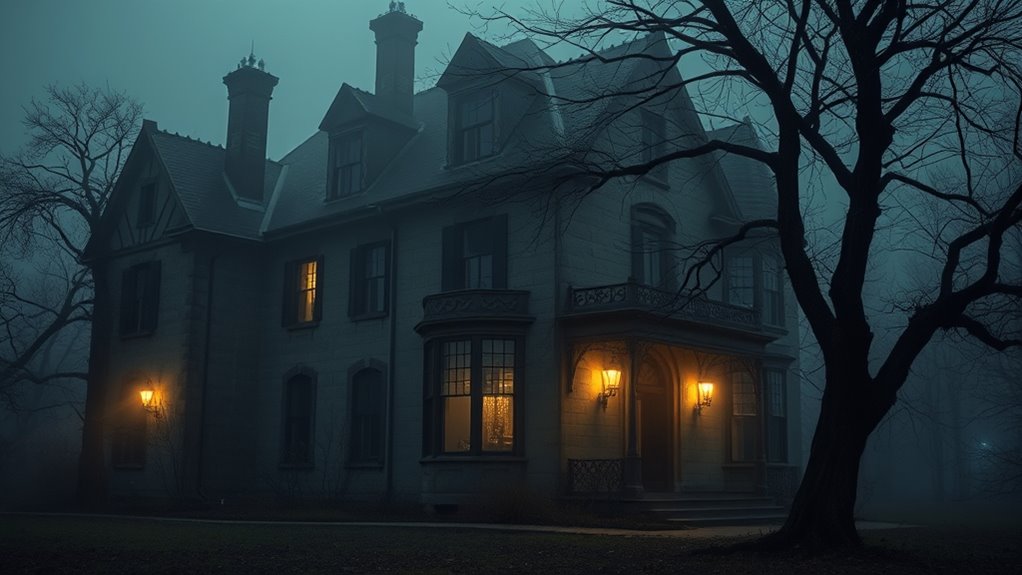
Many ghost sightings tend to occur in specific locations that seem to foster supernatural experiences. These sites often have roots in historical folklore and urban legends, which add to their eerie reputation. Common spots include abandoned buildings, old cemeteries, and historic homes, where past tragedies or mysteries linger. These places often carry stories passed down through generations, heightening the sense of danger or presence. The table below highlights some of these notorious locations:
| Location | Why It’s Reported |
|---|---|
| Haunted Hotels | Historic events, ghostly whispers |
| Battlefields | War tragedies, restless spirits |
| Old Mansions | Wealthy families’ secrets, tragedy |
| Cemeteries | Souls lingering, unfinished business |
Additionally, effective tick prevention for dogs can help protect pets from illnesses that could be linked to environmental hazards in certain locations. Understanding the types of paranormal activity reported in these areas can also provide insights into why they are considered haunted. Some locations are associated with specific environmental clues that suggest a connection between past events and paranormal phenomena. Moreover, recent research indicates that energy disturbances might contribute to the manifestation of ghostly encounters in these haunted sites.
Types of Experiences People Describe When Seeing a Ghost
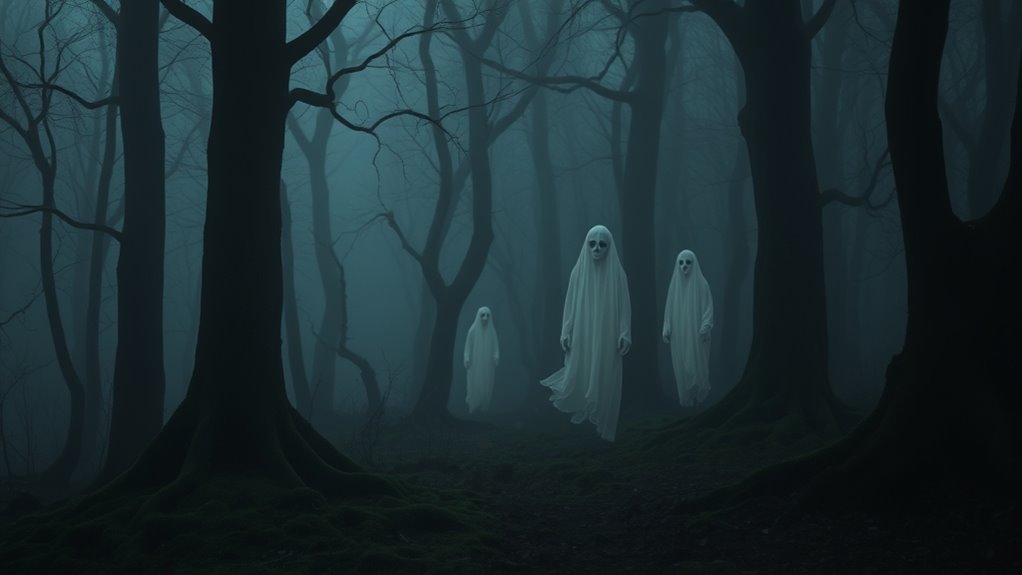
What do people actually experience when they see a ghost? Many recount vivid, emotional encounters often linked to historical sightings where spirits are believed to linger. Common experiences include feeling sudden cold drafts, hearing unexplained noises, or seeing shadowy figures that vanish upon closer inspection. Some describe seeing full apparitions that resemble former residents or notable figures from history. Others report technological detection methods, like EMF meters or infrared cameras, capturing anomalies during sightings. These devices can pick up disturbances that the human senses miss, adding credibility to ghost encounters. Interestingly, certain psychological factors can influence how witnesses interpret ambiguous stimuli during these moments, which can sometimes lead to misperceptions that reinforce the belief in supernatural phenomena. Additionally, environmental conditions such as low lighting or specific acoustics can heighten the sense of eeriness, influencing perception. Research suggests that factors like expectation and prior belief also play a significant role in how individuals perceive and interpret ghostly encounters. Whether through personal sensations or technological evidence, these experiences often leave witnesses convinced they’ve encountered a spirit, blending emotional reactions with tangible, measurable signs of the supernatural.
Demographics of Ghost Witnesses: Age, Gender, and Background
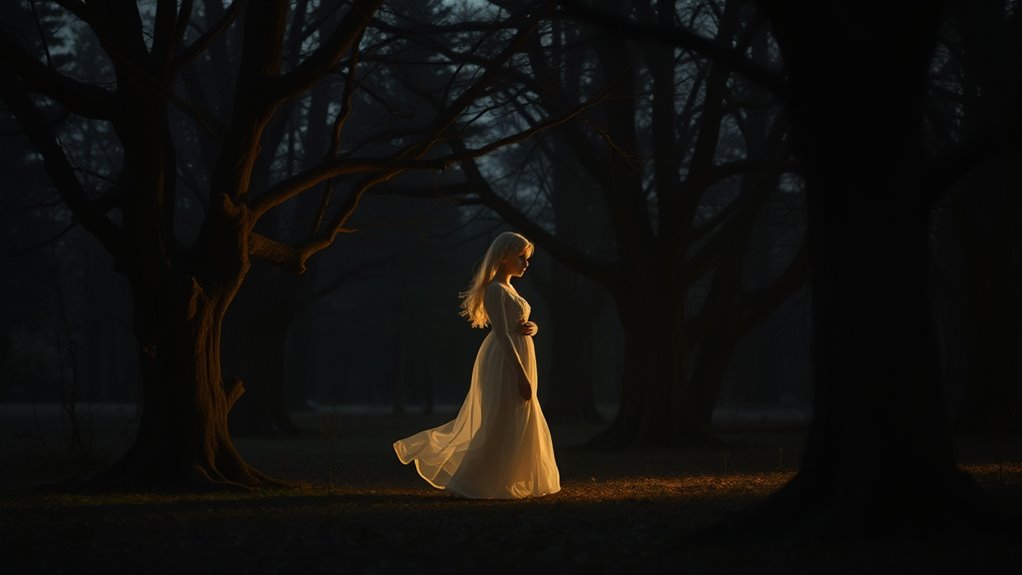
Your perspective on ghost sightings can change based on age and life experience, which often influence how people interpret these events. Gender and cultural background also play a role, shaping how individuals perceive and report encounters. Understanding these demographics helps uncover patterns in who is more likely to see or believe in ghosts. Additionally, vetted information from reputable sources can influence the credibility of reported sightings. Recognizing how subconscious power during sleep influences perceptions may also shed light on why some individuals report ghostly encounters.
Age and Experience
Have you ever wondered who witnesses ghostly phenomena? Our poll reveals that age plays a significant role in ghost sightings. Younger individuals, often inspired by urban legends and folklore traditions, tend to report encounters more frequently. Older witnesses, with more life experience, sometimes dismiss these as imagination or memory lapses. Notably:
- Teenagers and young adults are more influenced by stories from media and social circles.
- Middle-aged individuals often recall personal experiences or family tales.
- Seniors may interpret unexplained events through a lens of life experience or nostalgia.
- Across all ages, those familiar with folklore traditions are more open to believing in ghosts.
These patterns suggest that background and exposure shape how people perceive and report ghostly encounters, transcending mere age.
Gender and Cultural Factors
Ever wonder how gender and cultural background influence ghost sightings? Your perceptions are shaped by cultural symbolism and gender stereotypes that influence how you interpret paranormal experiences. For example, in some cultures, spirits are seen as protective ancestors, which might make certain groups more open to ghost encounters. Gender stereotypes also play a role; women are often more likely to report sightings, possibly due to social expectations around emotional expressiveness. Cultural beliefs about spirits and the supernatural vary widely and can affect who reports seeing ghosts and how they interpret those experiences. Understanding these factors helps explain demographic differences in ghost sightings, highlighting that personal background and cultural context notably influence whether you believe in or experience paranormal activity.
How Sceptics and Believers Differ in Their Interpretations
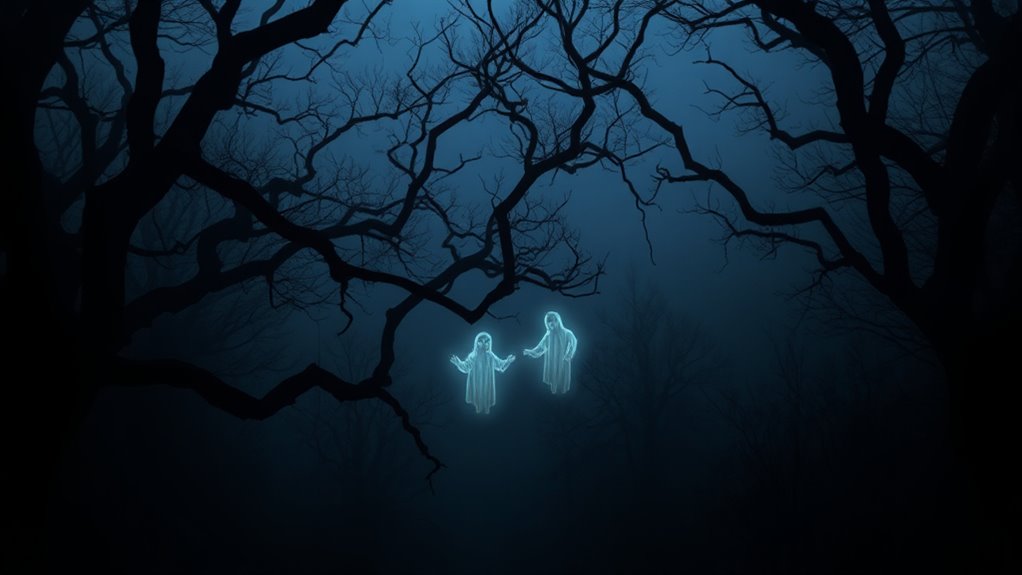
Skeptics and believers interpret the ghost poll results through fundamentally different lenses, shaping how they perceive the data’s significance. Believers tend to view high reports of sightings as evidence of the paranormal, influenced by cultural influences and personal experiences. Skeptics, however, often see these results as products of memory biases and cognitive shortcuts, dismissing them as misinterpretations or wishful thinking.
Believers see ghost reports as proof; skeptics view them as psychological biases and misinterpretations.
Consider these key differences:
- Believers emphasize anecdotal evidence rooted in cultural narratives.
- Skeptics focus on psychological explanations like memory distortions.
- Both groups interpret the same data through their worldview filters.
- Awareness of cognitive biases helps skeptics question subjective perceptions, while believers may see confirmation of their experiences.
The Impact of Personal Beliefs on Perceptions of Paranormal Encounters
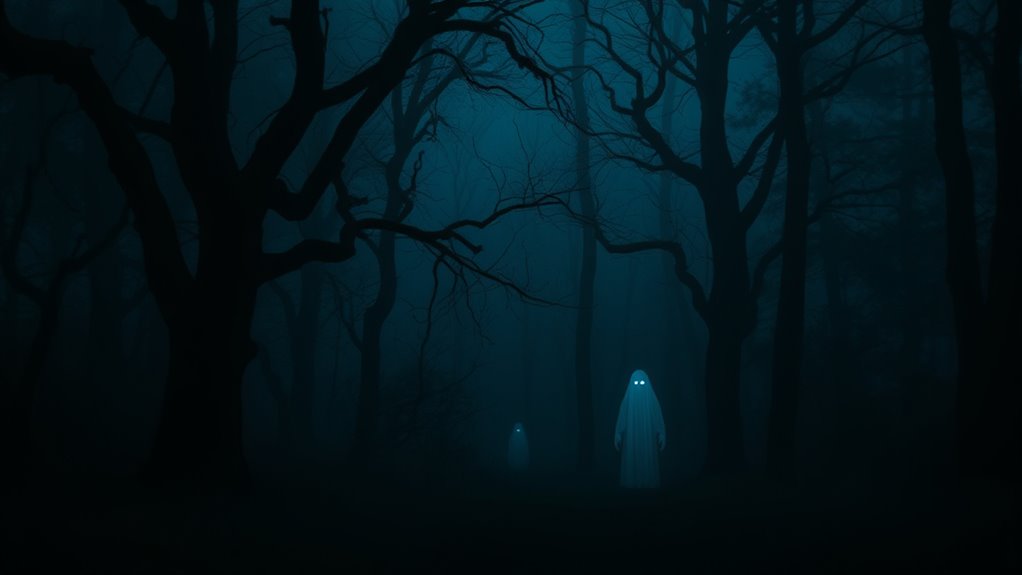
Personal beliefs play a crucial role in shaping how you perceive paranormal encounters; if you already believe in the supernatural, you’re more likely to interpret ambiguous experiences as genuine encounters. Your belief systems influence your mind’s psychological effects, making you more receptive to seeing signs of spirits or ghosts. These psychological effects can heighten your sensitivity to subtle cues, leading you to perceive supernatural activity where others see coincidence. Conversely, skeptics with different belief systems may dismiss or rationalize the same experiences as natural phenomena or psychological illusions. Your personal beliefs act as filters, shaping not only what you see but how you interpret it. Understanding this impact helps explain why perceptions of ghosts vary so widely among individuals, rooted deeply in core belief systems.
The Role of Media and Culture in Shaping Ghost Sightings
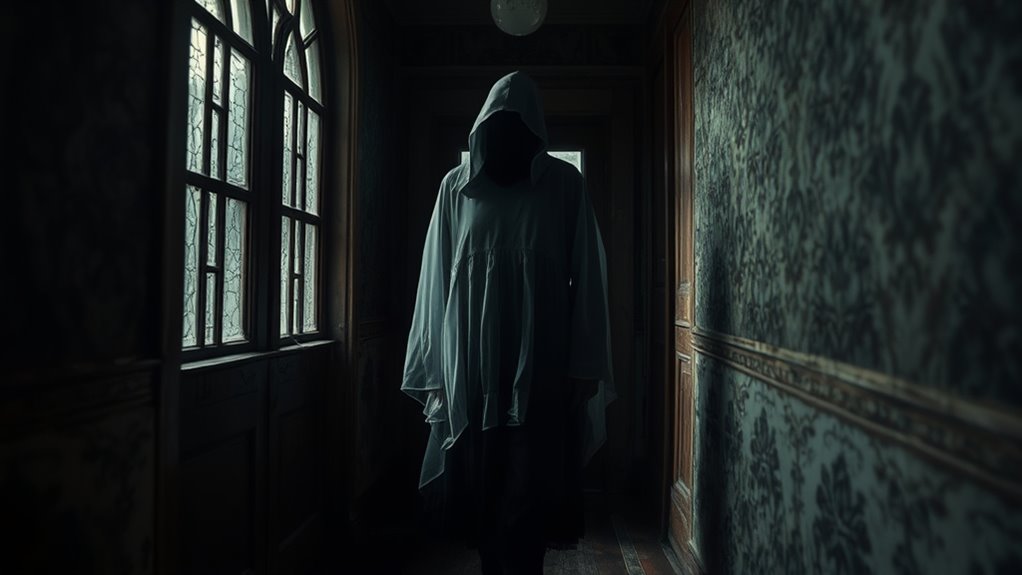
Media and culture profoundly influence how ghost sightings are reported and interpreted. Your perception of paranormal encounters is shaped by media influence and cultural narratives that circulate widely. These narratives often mold your expectations and explanations for ghost sightings. Consider these key ways media and culture impact you:
Media and culture shape how you see and interpret ghost encounters.
- They create common themes and symbols in ghost stories.
- They influence the language used to describe sightings.
- They perpetuate stereotypes about who encounters spirits.
- They shape public opinions and beliefs about the supernatural.
Unexpected Trends and Surprising Results From the Poll
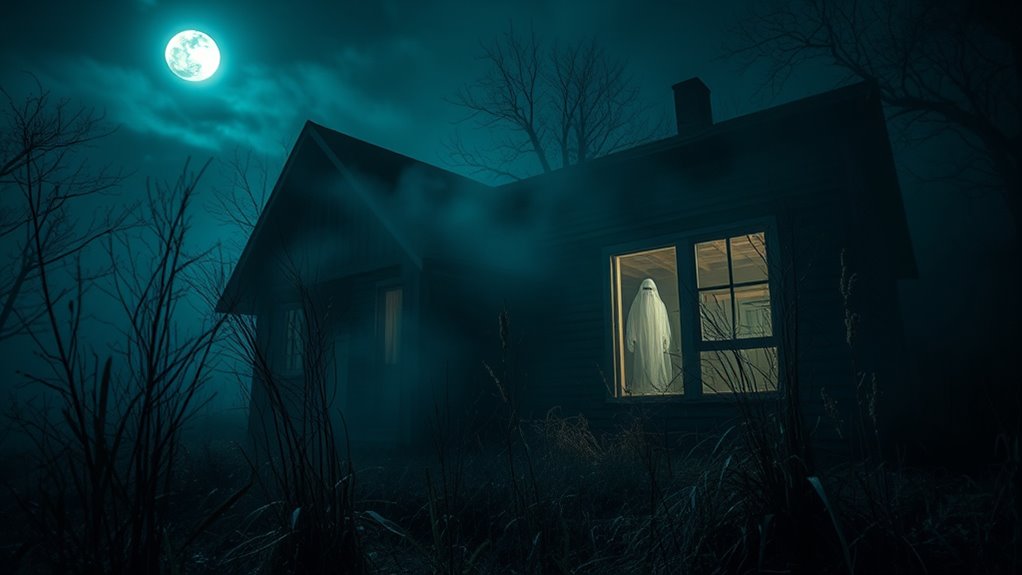
Have you ever wondered what surprises a recent poll on ghost sightings might reveal? Fascinatingly, many respondents report experiences that defy common expectations, challenging traditional beliefs rooted in historical myths and folklore origins. For instance, a significant number of sightings originate in regions where ghost stories are deeply embedded in local culture, yet some respondents dismiss these tales as mere superstition. Interestingly, younger participants are more likely to report encounters, contradicting the assumption that older generations are more superstitious. The poll also uncovers unexpected patterns, like sightings occurring in places with no known folklore or historical myths about spirits. These trends suggest that ghost encounters might be influenced by personal psychology rather than the folklore origins often associated with ghost stories.
What These Findings Mean for the Future of Paranormal Research
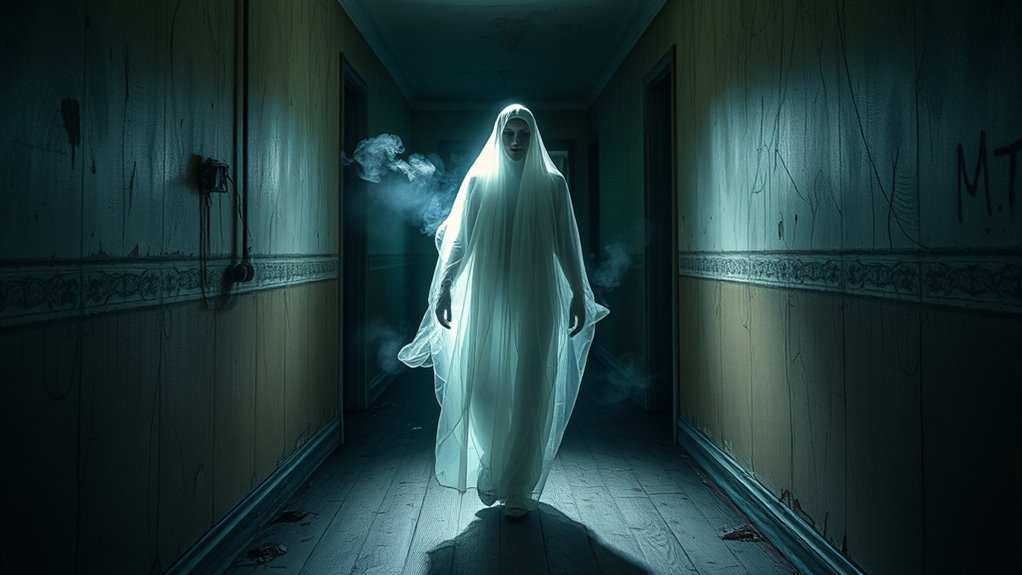
These findings could substantially influence how scientists approach paranormal phenomena, encouraging more open-minded investigations. They may also lead to new methods and technologies that improve future research efforts. Ultimately, this shift could reshape the way we explore and understand the mysteries of the paranormal.
Subheading 1: Impact on Scientific Inquiry
The recent ghost poll results could substantially influence how scientists approach paranormal phenomena. They challenge existing frameworks, prompting researchers to contemplate new avenues like quantum physics, which explores how consciousness might interact with physical reality. Additionally, these findings emphasize the importance of understanding psychological effects that influence perception and memory. To adapt, scientists might:
- Investigate quantum models to explain anomalous experiences.
- Design experiments isolating psychological variables from physical phenomena.
- Incorporate interdisciplinary methods combining physics, psychology, and neuroscience.
- Reevaluate the scientific criteria needed to validate paranormal claims.
This shift could lead to more rigorous inquiry, blending scientific skepticism with openness to unconventional explanations, ultimately shaping the future of paranormal research.
Subheading 2: Shaping Future Investigations
As the ghost poll results garner more attention, they are poised to considerably influence the direction of future paranormal investigations. You’ll likely see researchers focus more on urban legends and historical hauntings, using these stories as starting points for evidence collection. The data suggests that public perceptions and folklore shape where investigations are directed, making it essential to contemplate these tales scientifically. Future efforts may prioritize exploring sites with rich histories or those shrouded in local legends, aiming to validate or debunk supernatural claims. This shift encourages a more targeted approach, blending folklore with empirical research. Ultimately, understanding the cultural context behind ghost stories will help investigators develop more effective strategies and foster credibility within the paranormal community.
Frequently Asked Questions
How Accurate Are Self-Reported Ghost Encounters in Surveys?
You might wonder how accurate self-reported ghost encounters are in surveys. Paranormal skepticism suggests many experiences could be influenced by personal beliefs or memory biases. While anecdotal evidence can feel convincing, it often lacks scientific validation. Remember, people interpret strange events differently, so these reports may not always reflect actual encounters. Your perception plays a vital role in how you remember and report these experiences, which affects their overall reliability.
Do Cultural Differences Influence Ghost Sighting Reports Worldwide?
Cultural differences definitely influence ghost sighting reports worldwide. Your belief system and cultural narratives shape how you interpret strange experiences. In some cultures, ghost sightings are seen as spiritual messages, while others view them as illusions or psychological phenomena. These perspectives impact how and when people report encounters. So, your background and societal influences play a significant role in how you perceive and share ghost experiences across different cultures.
Are There Common Psychological Traits Among Those Who See Ghosts?
You might wonder if those who see ghosts share psychological traits. Psychological profiling shows that individuals prone to vivid imagination, high suggestibility, or emotional sensitivity are more likely to interpret ambiguous stimuli as supernatural. Cognitive biases, like pareidolia or confirmation bias, also influence perceptions, making some people more susceptible to ghost sightings. If you notice these traits in yourself or others, it could explain why certain experiences feel so real.
How Do Technological Advances Affect Ghost Research and Sightings?
Imagine a world where virtual reality and AI analysis unveil the secrets of ghost sightings, turning whispers into concrete evidence. You discover that these advances let researchers explore haunted locations with unparalleled precision, capturing spectral phenomena on camera and analyzing them instantly. With every virtual séance and AI-powered investigation, you get closer to understanding the unseen, transforming ghost research from spooky folklore into a science driven by cutting-edge technology.
What Role Does Sleep Paralysis Play in Paranormal Experiences?
Sleep paralysis often plays a significant role in paranormal experiences, as it can cause vivid hallucinations that feel real. When you experience sleep paralysis, your mind may enter a state similar to lucid dreaming, making it easy to mistake these episodes for supernatural encounters. For some, it’s linked to sleep disorders, which intensify these sensations. Understanding this connection helps demystify terrifying experiences and highlights the brain’s complex role in such episodes.
Conclusion
Whether you believe in ghosts or not, these poll results show that the spirit world is never far from our minds. It’s clear that personal experiences often shape our perceptions, and culture fuels our fascination. As the saying goes, “there’s more than one way to skin a cat,” reminding us to keep an open mind. Who knows what mysteries await discovery, but one thing’s certain — the debate isn’t dying down anytime soon.
